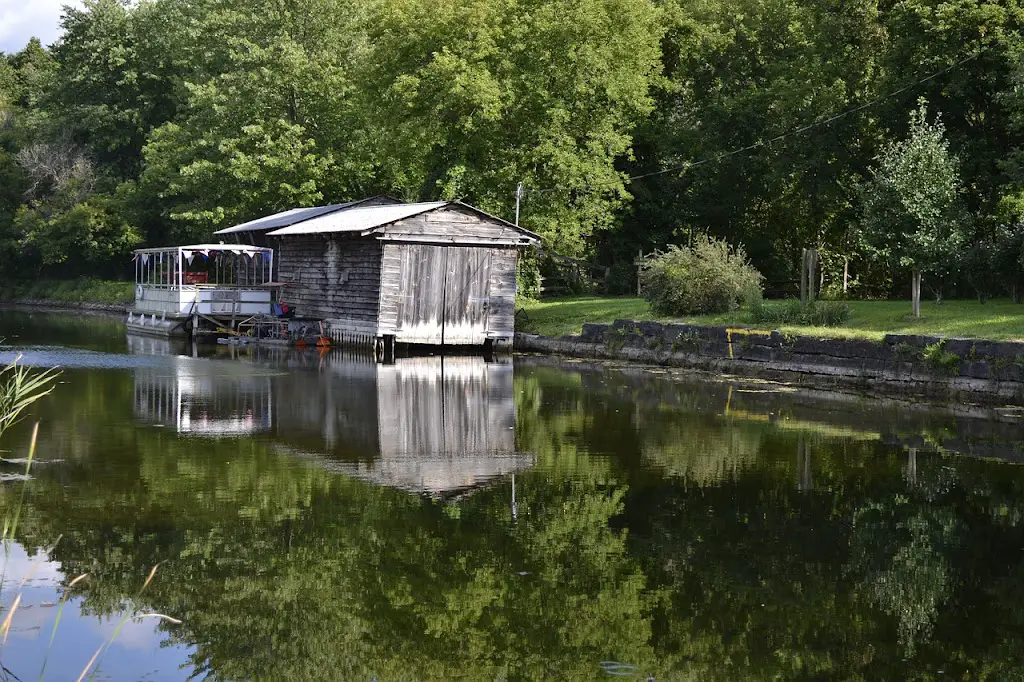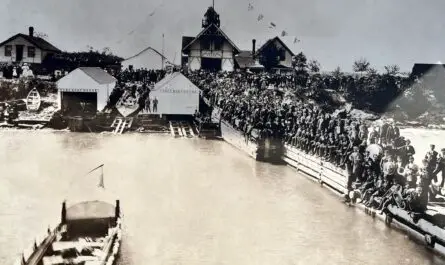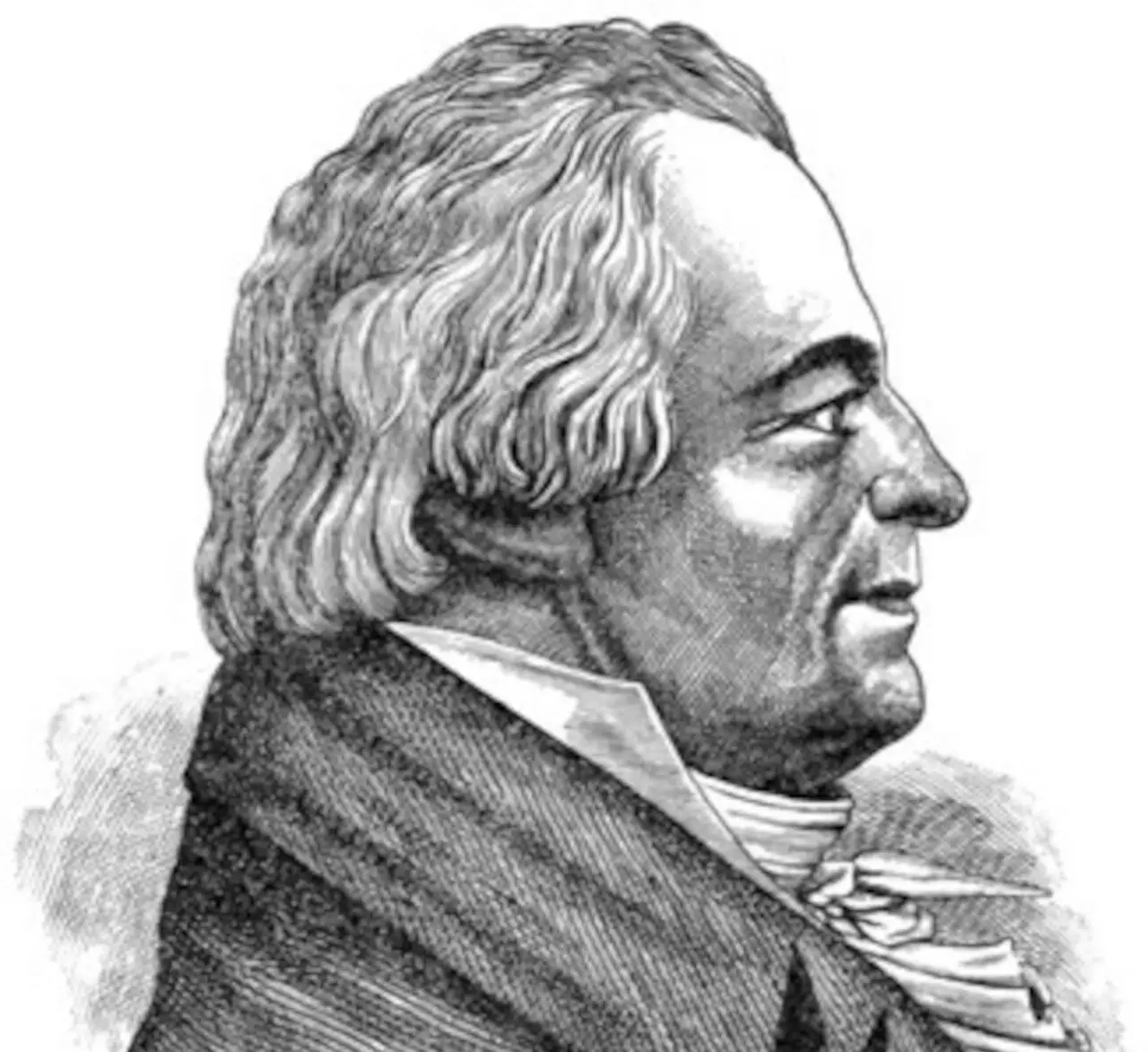
When it comes to the Great Lakes region’s value to the United States and Canadian economies, its impact cannot be understated. Great Lakes water diversions can negatively impact the entire region. Without a viable and healthy Great Lakes, the economies of the two countries would suffer.
Freight, iron ore, agricultural products, and other cargo shipped on the Great Lakes in 2017 were valued at $15.2 billion.
The Great Lakes shipping industry supported 237,868 U.S. and Canadian jobs and generated $35 billion in economic activity.
Over $14.2 billion in total personal wage and salary income and local expenditures.
Over $8 billion in local purchases.
$6.6 billion in federal, state, and local tax revenue.
Jobs attributed directly to shipping and transiting the binational St. Lawrence Seaway waterway and lock system supported 92,661 U.S. and Canadian jobs and $12.9 billion in economic activity.
The Soo Locks, which connect Lake Superior with the lower four Great Lakes, supported 123,172 jobs in the U.S. and Canada and $22.6 billion in economic activity.
Are the Great Lakes Water Levels Declining?
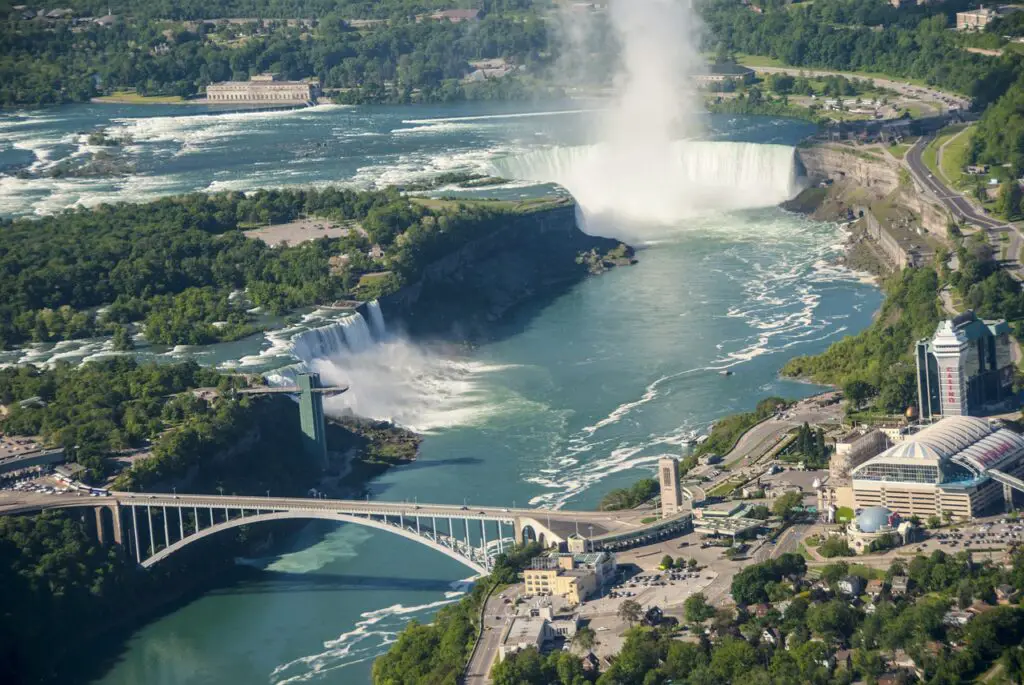
New data from the U.S. Army Corps of Engineers Detroit District see all of the lakes have lower levels, with Lake Michigan and Lake Huron showing a drop of 14 inches from the same time last year. Lake Superior is down about six inches. Lake Ontario experienced the largest drop of 28 inches, while Lake Erie fell 17 inches.
However, the lakes are still far above their long-term mean. Lakes Huron-Michigan remains 22 inches above its average level, while Lake Superior is 8 inches above average. Its uncertain what the effects of climate change will have on high water levels.
Why Is The Water Level In The Great Lakes Rising?
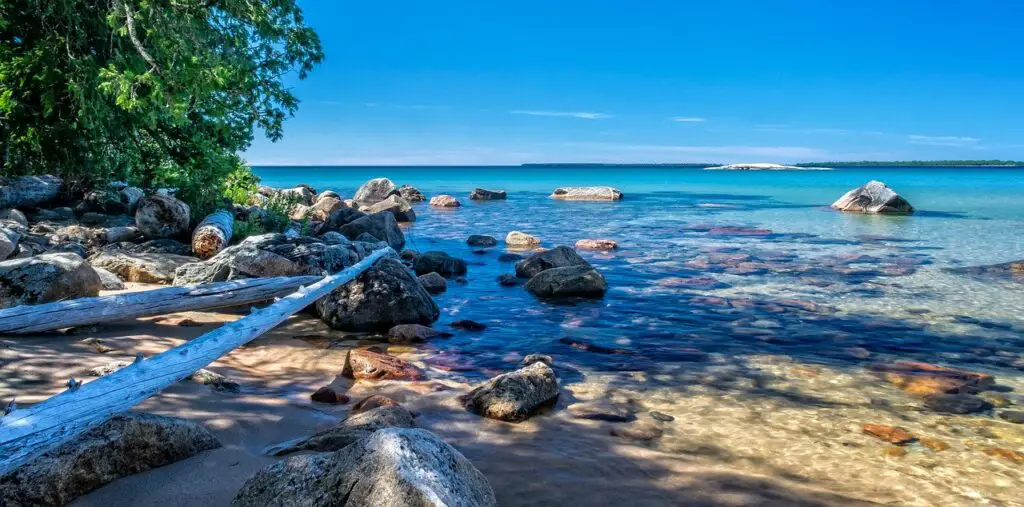
During an average year, the water levels begin to rise in the spring when seasonal rainfalls in the region and snowmelt add to the level of rivers, drains, and tributaries that release into the lakes. Nevertheless, we have been experiencing wetter-than-normal average precipitation conditions for the past three years. A significant seasonal rise in weather events and participation has contributed to spiking water levels across the Great Lakes Basin.
Are the Great Lakes Water Levels Controlled?
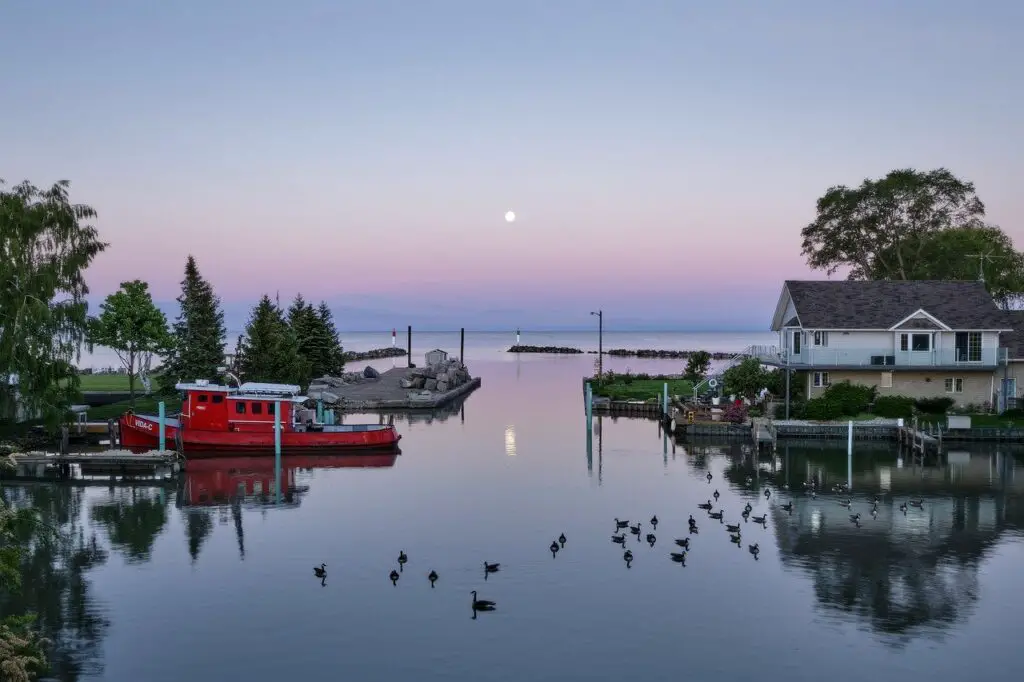
The Great Lakes water levels are currently impacted by inflow and outflow from several key areas. These include Michigan’s Soo Locks, which regulate the outflow from Lake Superior to Lakes Michigan-Huron. In addition, the dredging depth of the St. Clair River north of Detroit also impacts outflow from Lake Huron.
Thirteen significant diversions transfer water in and out of the Great Lakes basin. These diversions support shipping goods, generating energy, and providing drinking water to major municipalities. All of them contribute to controlling Great Lakes Water Levels.
Listing of Major Great Lakes Water Diversions
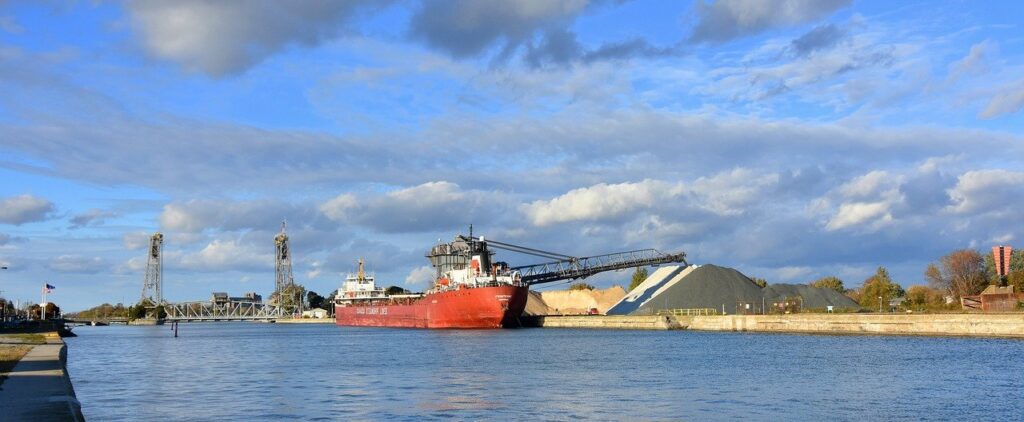
Welland Canal
Connects Lake Erie and Ontario. The canal allows ships to bypass Niagara Falls to continue through the Great Lakes.
The Chicago Diversion
This canal takes 2 billion gallons from the lake each day. This provides shipping capability and wastewater management into the Mississippi basin.
Ogoki and Long Lake
Both of these diversions divert into Lake Superior. These diversions were formed to generate hydroelectric power for Canada’s defense industries during World War II. In addition, the Long Lake diversion has given the area the ability to transport cut timber for pulpwood production.
Forestport/ New York State Barge Canal
Starting as the famous Erie Canal. New York State Barge Canal is considered an intrabasin diversion. All water withdrawn from the Niagara River that is not consumed finds its way back through tributaries to Lake Ontario. This canal links Lake Erie near Buffalo to the Hudson River near Albany.
Ohio and Erie Canal
Constructed in the 1840s to connect the Ohio River (Mississippi basin) and Lake Erie. Ohio & Erie Canalway is a National Heritage Area designated by Congress in 1996
Portage Canal
This diversion is an interbasin connection, diverting the flow from the Wisconsin River, of the Mississippi system, into the Fox River, which empties into Lake Michigan.
Raisin River
This Canadian diversion was constructed in 1968 to divert water from the St. Lawrence River west of Cornwall to supplement low summer flows and improve the water quality in a tributary of the Raisin.
London Ontario
This city built pipelines to Lake Huron in 1967 and a system drawing from Lake Erie in 1995.
Detroit
The Detroit water system draws from Lake Huron, which is returned to the Detroit River. Thus, neither the Detroit nor London diversions have weighable effects on the levels of the lakes.
Pleasant Prairie
Located near Lake Michigan but just outside the Great Lakes basin, this Wisconsin community became the first applicant for a diversion to be considered by neighboring jurisdictions under the Great Lakes Charter of 1985.
Haldimand
The City of Hamilton, Ontario, draws its municipal water from Lake Ontario and three small communities on the Grand River in the neighboring Regional Municipality of Haldimand. The Grand River empties into Lake Erie.
Akron
The Ohio city received approval in 1998 to serve the water needs of unincorporated areas outside the Great Lakes basin in Ohio.
Sources For Economic Impact of Great Lakes Water Levels
- Frank Quinn & Jeff Edstrom (2000) Great Lakes Diversions and Other
- Removals , Canadian Water Resources Journal, 25:2, 125-151, DOI: 10.4296/cwrj2502125
- 2018 Study Economic Impacts of Maritime Shipping in the Great Lakes-St. Lawrence Region – United States Department of Transportation.
